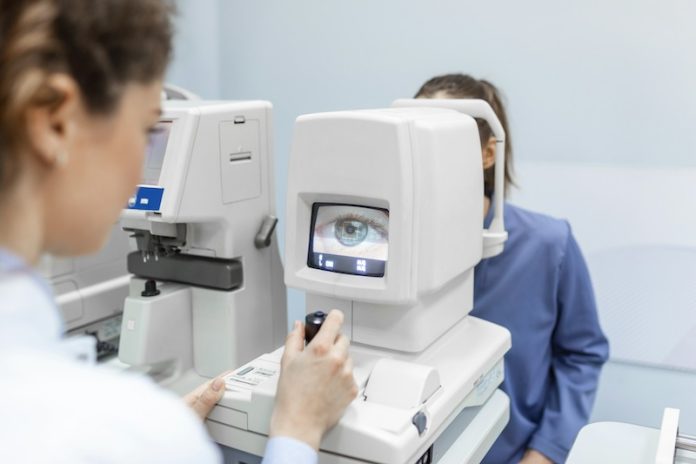
Researchers have conducted one of the largest eye studies ever, revealing that retinal thickness could play a key role in detecting diseases like type 2 diabetes, dementia, and multiple sclerosis.
The study, led by the Walter and Eliza Hall Institute of Medical Research (WEHI), used artificial intelligence (AI) to analyze over 50,000 eye scans, creating detailed maps of the retina. These findings, published in Nature Communications, suggest that routine eye imaging could become a powerful tool for early disease detection.
The Retina as a Window Into the Brain
The retina, located at the back of the eye, is part of the central nervous system, which also includes the brain and spinal cord. Many diseases, particularly neurological disorders, affect this system, leading to degeneration or structural changes.
More than 3 billion people worldwide, or 43% of the global population, live with a brain-related condition. Since the retina is connected to the brain, studying its structure could provide important clues about brain health.
Dr. Vicki Jackson, a researcher at WEHI, explained the significance of these findings: “We’ve shown that retinal imaging can act as a window to the brain by detecting associations with neurological disorders like multiple sclerosis and many other conditions. Our detailed retinal maps reveal new connections between retinal thinning and a wide range of diseases.”
The study also identified genetic factors influencing retinal thickness, which could help scientists understand how the retina develops and changes over time. This discovery reinforces the idea that retinal thickness could serve as a useful biomarker—a measurable sign of disease—that doctors can track to monitor the progression of certain conditions.
AI-Powered Discoveries
The research team used AI to analyze large-scale retinal imaging data and compare it with genetic and health information from thousands of individuals. This allowed them to identify 294 genes linked to retinal thinning, many of which are associated with disease development.
Professor Melanie Bahlo, a bioinformatician and lead researcher on the study, highlighted how AI transformed their research: “AI is accelerating discoveries at an incredible pace. By combining technology, big data, and expert minds, we are uncovering insights that were previously impossible to detect. This study takes us a step closer to using retinal imaging as a routine tool for diagnosing and tracking diseases.”
The Future of Eye-Based Diagnostics
The findings support the growing field of “oculomics”—a branch of research focused on using eye health to predict and diagnose medical conditions. Just as mammograms are widely used for breast cancer screening, retinal scans could become a routine, non-invasive method to detect early signs of diseases affecting the brain and metabolism.
As AI continues to improve medical imaging, retinal scans may soon be used to detect neurological diseases before symptoms appear. This could lead to earlier interventions, helping doctors manage conditions like dementia, multiple sclerosis, and diabetes more effectively.
The study marks a major step forward in understanding how the eyes can provide critical insights into overall health. With further research, retinal imaging could become a key tool in preventive medicine, allowing doctors to identify and monitor diseases earlier than ever before.
If you care about brain health, please read studies about inflammation that may actually slow down cognitive decline in older people, and low vitamin D may speed up cognitive decline.
For more information about brain health, please see recent studies about common exercises that could protect against cognitive decline, and results showing that this MIND diet may protect your cognitive function, prevent dementia.
The research findings can be found in Nature Communications.
Copyright © 2025 Knowridge Science Report. All rights reserved.



